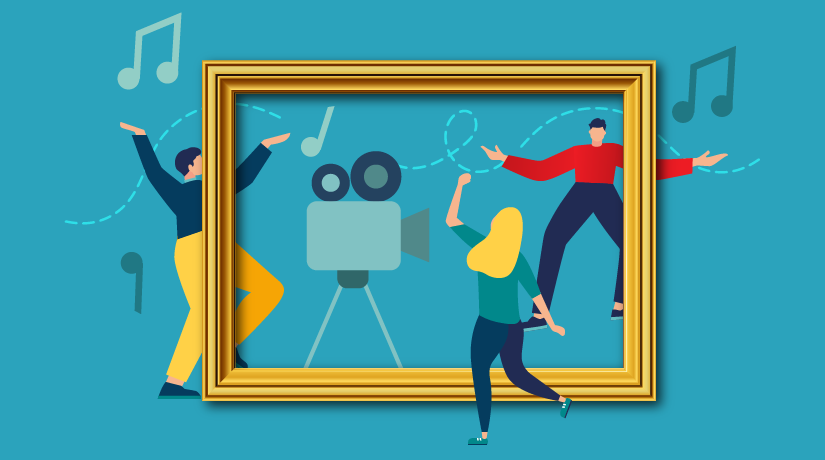As Covid continues to impact every aspect of our working and home lives we’re increasingly being asked how the advice we offer in our book Be Bulletproof: How to achieve success in tough times at work can help people through lockdown.
One of the most important and widely appreciated strategies among readers of the book and those who’ve attended our courses is based on the use of distraction techniques. We quote research that shows that yes, of course, it can be useful to talk a problem through. However, people who are most resilient are more likely to use techniques to distract themselves from a problem, rather than ruminating on it.
A recent survey has revealed an increased interest in hobbies with painting topping list and a 30 per cent increase in people searching online for puzzles in April compared to May last year. But with many art galleries, theatres and concert halls closed or forced to restrict entry, how important is simply engaging with the arts rather than participating in an activity? Or, as the authors of a new study put it, what is the benefit of “engaging with the artistic imagination”?
Peter Totterdell of the department of psychology at the University of Sheffield and Giulia Poerio from the University of Essex’s department of psychology, wanted to explore this idea that the emotions we might experience when viewing a work of art can help us to feel that our life has meaning and purpose. These are known as “eudaimonic” emotions, a Greek word that means not just “happiness” but “human flourishing” and a feeling of being blessed.
Looking at a beautiful work of art might also just give you pleasure and make you feel happy. When they set up their research, which included three studies, Totterdell and Poerio took a broad definition of “art” that included theatre, cinema, music and watching a drama on television.
In the first study they asked just over 500 participants, most of whom were female students, to talk about their exposure to art the day before and to answer questions about how it affected their feelings of wellbeing. They were also asked whether they’d watched any sport.
The surveys suggested that variety is important here – that it was exposure to different types of art rather than the length of time of that exposure that improved mood and feelings of wellbeing.
Exposure to art rather than sport improves mental wellbeing
In a second study the researchers asked 50 participants to report twice a day, for a period of 10 days, via their phones, any encounters they had with art and with watching sport. They were also asked to include their sense of wellbeing. According to the results, it was exposure to art rather than spectating at a sports event that elevated the mood of the people in the study.
In fact, live arts plus literary and visual arts again scored most highly. Listening to music or watching films and TV dramas didn’t produce any positive results, though. Totterdell and Poerio then looked a little deeper with a third study. Here, they analysed data from a study of nearly 30,000 people led by a team at the Institute for Social and Economic Research at the University of Essex.
“Art engagement”
This enabled them to explore attendance at events ranging from exhibitions to carnivals. As well as these examples of “art engagement” they also looked at “art participation” which included activities such as dance and photography. Third, they looked at participation in moderate intensity sports over a 12-month period. They then explored how these various activities effected the scores on a general wellbeing index.
Remarkably, according to the results, those who attended live arts events on a more frequent basis enjoyed greater wellbeing three years later. The research team also identified a virtuous spiral here – when people feel better, they’re more likely to engage with the arts which in turn leads to improved wellbeing. More surprisingly, though, the connection was considerably stronger for attendance than participation.
So, the message of this research seems to be “get out there and engage with art,” and if you’re going to watch television watch something artistic and distracting. As for sport, that just stresses you out – something to remember when you’re shouting for your team. For relaxation, wellbeing and distraction from daily anxieties, art seems to be a better bet – get the picture?



